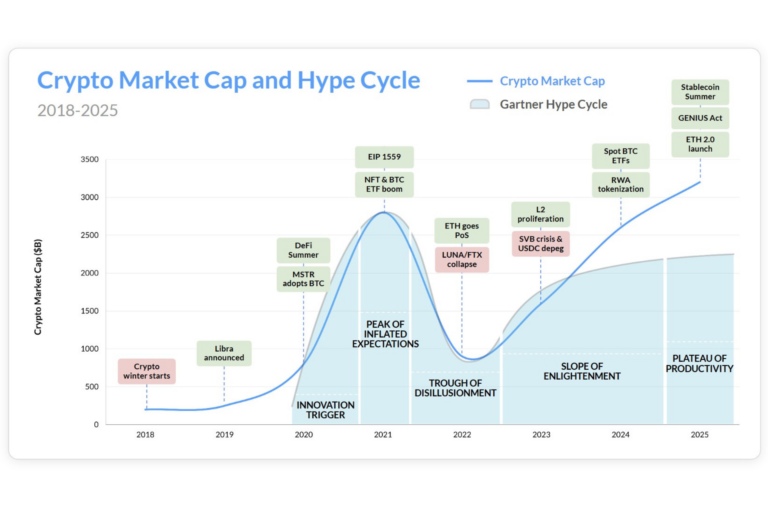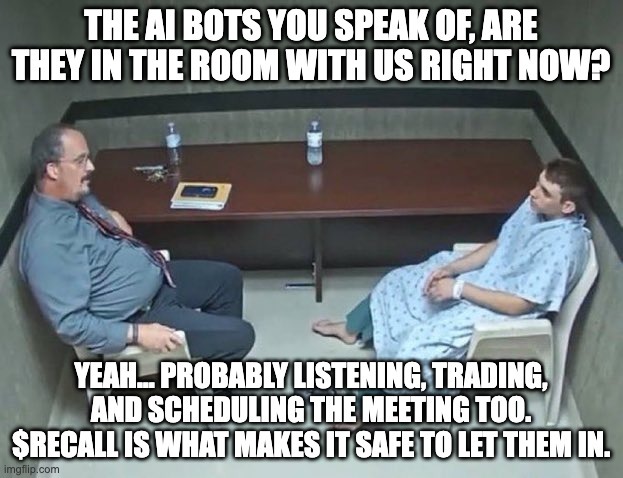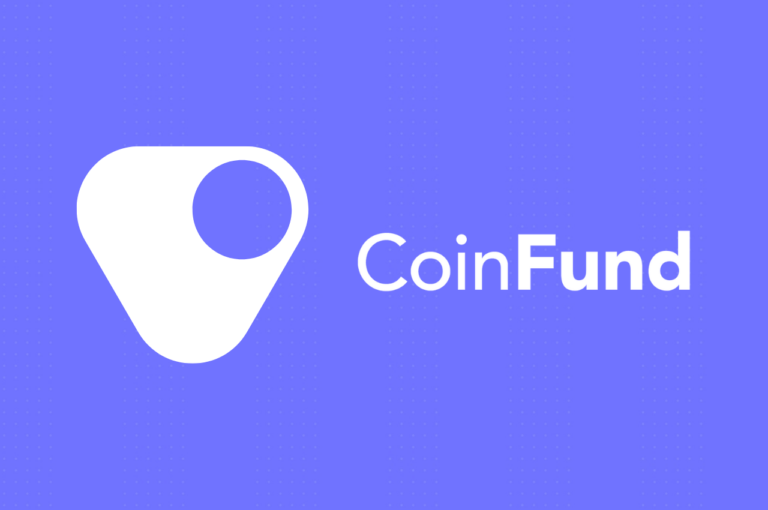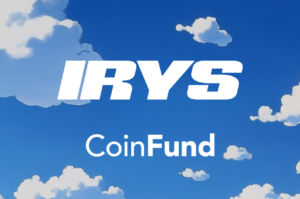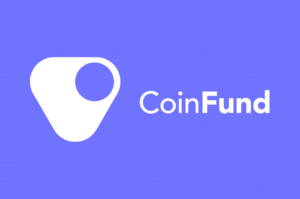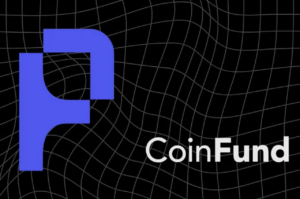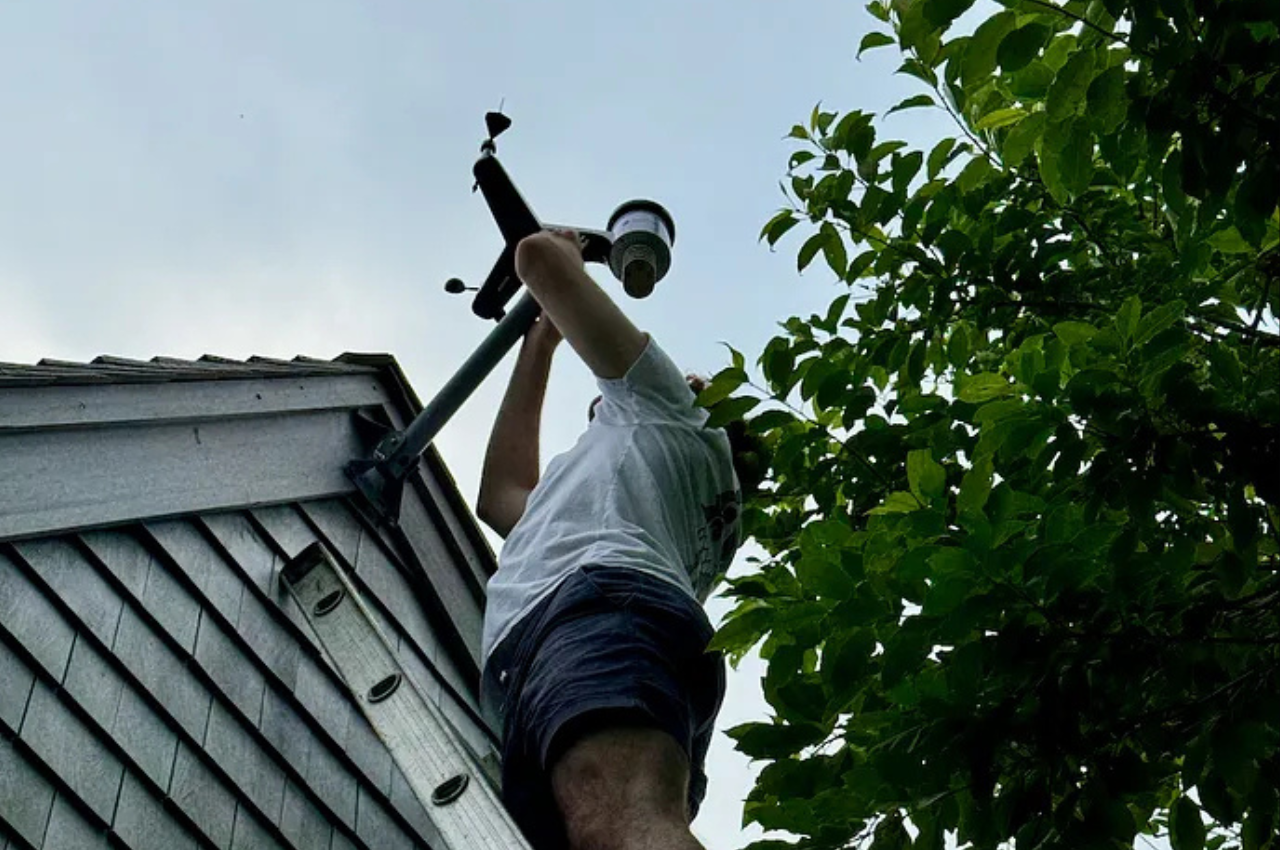
Applying DePIN to Weather and Atmospheric Data: Announcing CoinFund’s Investment into Raad Labs
The crypto and blockchain communities have built some extraordinary decentralized infrastructure, developed novel mechanisms for securing decentralized compute platforms, and innovated around digital assets in various ways. Entire books have been written on cryptonative incentive models and tokenomic design. One of the most interesting models to emerge from this still-nascent industry is application of crypto incentives to the build-out of physical networks, or Decentralized Physical Infrastructure Networks (DePIN).
When we think of how the traditional landline, internet, cellular or weather sensor networks have been built, we think about big up-front capital costs and massively centralized infrastructure build-outs. But what if there were a bottom-up way to encourage the edges of a network to invest in and self-deploy widespread networks? Suppose we could use the incentives and coordination of crypto tokens to encourage individuals to help build useful networks for the masses?
DePIN networks leverage crypto tokens to address the common challenge that marketplaces often encounter, known as the ‘chicken and egg problem’: sufficiently attracting both buyers and sellers when one is hesitant to join without the presence of the other. These networks encourage users to participate and contribute by offering them various advantages, including ownership stakes, loyalty rewards, and the ability to vote on governance matters. This approach represents a significant enhancement in the value proposition for consumers — in exchange for spending their own money to purchase and deploy hardware in a network, they receive tokens. Many interesting networks have emerged from this approach, including Helium, DIMO, Filecoin, Livepeer, Render and Akash.
In our view, the ideal market segments for DePIN are where unmet demand can be satisfied by bottoms-up, geographically diverse internet-connected supply. One ideal example is the collection of atmospheric, emission and weather data. In the U.S., two main types of data collection provide input to short-term and long-term weather forecasting models: (1) high-altitude atmospheric readings via satellites, aerial hyper-spectral imaging, and weather balloons and (2) ground level data collected from weather stations and other “below 2 meter” sensors, often through professionally managed mesonets. Forecast models are prepared by governments, private forecasts within companies, and third-party forecasters. Typically the models use the first category of data to forecast and then the second category as “ground truth” data to verify and tune the weather models. Forecasting is used in almost every industry from airlines and agriculture to oil, shipping, logistics and news.
Areas near airports tend to be the best areas for rich data collection thanks to a surplus of highly-accurate stations that provide reliable data. But not everyone lives near airports. There are all sorts of atmospheric data like methane, soil moisture and hail (for which there is significant demand) that are not being collected today in most parts of the world. And critically, there are significant areas of the U.S. and the world where ground truth weather data is not collected at all. Enter Raad Labs, the Remote Atmospheric and Alternative Data Network.
Raad Labs is building an incentive network to modernize data management and collection processes for local, regional, and large-scale weather data and intelligence. The project aims to build a DePIN network to incentivise distributed personalized weather stations and other atmospheric sensors to improve model accuracy and provide incrementally novel data to feed the multi-billion-dollar business of managing weather risk and quantifying emissions.
We observe that DePIN networks tend to flourish when built among active communities. The personal weather station crowd is an existing group of weather enthusiasts operating more than 250,000 personal weather stations. I know because I am one of those weather nerds, operating two stations for years. There is an opportunity to harness and grow this community and to provide even more benefit to those of us climbing on ladders to service our stations from time to time (or, in my case, making my son do it!)
Raad Labs has been incubated by Montauk Climate, the incubator formed by Philip Krim, founder and CEO of Casper Sleep. Philip and I have known each other since the days of Casper’s founding, and as he began to focus on this problem we stayed in close contact as he determined crypto offered a novel way to solve these unmet data collection needs. Raad Labs will be led by TJ Ragsdale who most previously spent time at Entheos and MakerDAO before that.
CoinFund is thrilled to be leading the seed round of Raad Labs and to work so closely with this team, together determined to build the leading decentralized atmospheric data collection network in the world.
* * *
Disclaimer: The views expressed here are those of the individual CoinFund Management LLC (“CoinFund”) personnel quoted and are not the views of CoinFund or its affiliates. Certain information contained herein has been obtained from third-party sources, which may include portfolio companies of funds managed by CoinFund. While taken from sources believed to be reliable, CoinFund has not independently verified such information and makes no representations about the enduring accuracy of the information or its appropriateness for a given situation.
This content is provided for informational purposes only, and should not be relied upon as legal, business, investment, or tax advice. You should consult your own advisers as to those matters. References to any securities or digital assets are for illustrative purposes only, and do not constitute an investment recommendation or offer to provide investment advisory services. Furthermore, this content is not directed at nor intended for use by any investors or prospective investors, and may not under any circumstances be relied upon when making a decision to invest in any fund managed by CoinFund. An offer to invest in a CoinFund fund will be made only by the private placement memorandum, subscription agreement, and other relevant documentation of any such fund and should be read in their entirety. Any investments or portfolio companies mentioned, referred to, or described are not representative of all investments in vehicles managed by CoinFund, and there can be no assurance that the investments will be profitable or that other investments made in the future will have similar characteristics or results. A list of investments made by funds managed by CoinFund (excluding investments for which the issuer has not provided permission for CoinFund to disclose publicly as well as unannounced investments in publicly traded digital assets) is available at https://www.coinfund.io/portfolio.
Charts and graphs provided within are for informational purposes solely and should not be relied upon when making any investment decision. Past performance is not indicative of future results. The content speaks only as of the date indicated. Any projections, estimates, forecasts, targets, prospects, and/or opinions expressed in these materials are subject to change without notice and may differ or be contrary to opinions expressed by others. This presentation contains “forward-looking statements,” which can be identified by the use of forward-looking terminology such as “may”, “will”, “should”, “expect”, “anticipate”, “project”, “estimate”, “intend”, “continue” or “believe” or the negatives thereof or other variations thereon or comparable terminology. Due to various risks and uncertainties, actual events or results may differ materially and adversely from those reflected or contemplated in the forward-looking statements.

David Pakman is a Managing Partner and Head of Venture Investments at CoinFund, focused on leading the firm’s venture investing activities. David developed an early interest in mining Bitcoin before he began building Ethereum mining rigs in 2017.
David is widely recognized for his track record and thought leadership in crypto, consumer, and enterprise technology investing. During his 13 years at Venrock he led the Series A round and sits on the board of Dapper Labs, led the Series A and B rounds of Dollar Shave Club (sold to Unilever for $1B), and led early-stage investments in robotics, AI, consumer and carbon removal tech companies. He personally invested in Coinbase prior to their IPO and was named the 55th top venture capitalist in the world by CB Insights.
Prior to CoinFund, David was a partner at venture capital firm Venrock, co-founder of Myplay, CEO of eMusic and the co-founder of Apple’s Music Group. David is a graduate and a former member of the Board of Overseers at the University of Pennsylvania’s School of Engineering and Applied Science with a degree in Computer Science Engineering.
